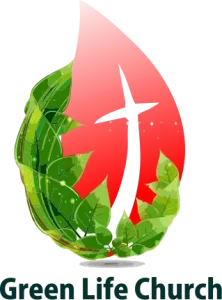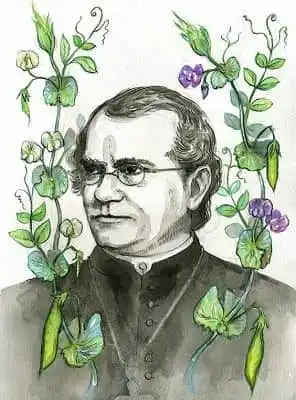Pastors
Overall, a pastor's role is centered around providing spiritual leadership, guidance, and support to their congregation. They serve as a bridge between the teachings of their faith and the daily lives of their community members, helping them navigate challenges, find meaning, and deepen their relationship with their spirituality.
Green Life Ministry focuses on empowering GLC priests to learn more about other components to keep their congregations holistically vibrant and manage their journeys on the planet Earth. It includes sharing the model of the priests who contributed their best as priests and whatever their professional ability to contribute to improving people's lives.
Transformation of
Spiritual Wisdom
into Scientific Innovation
Preists optimally utilized their blessed abilities to better transform
people's lives spiritually and technologically.
These are a few individuals, among others, who were Christian priests who made significant contributions to scientific understanding and innovation.
The contributions of these can be an inspiration for
young priests to use their potential to the fullest.



Our Commitment with Our
Lord Jesus Christ
Green Life Ministry and Church is on the spiritual path to comply with the holistic Green Commandment to keep the earth healthy and green so that followers of Jesus Christ and other people can be physically, economically, and spiritually strong to face the evil forces that want to weaken or destroy the earth.


